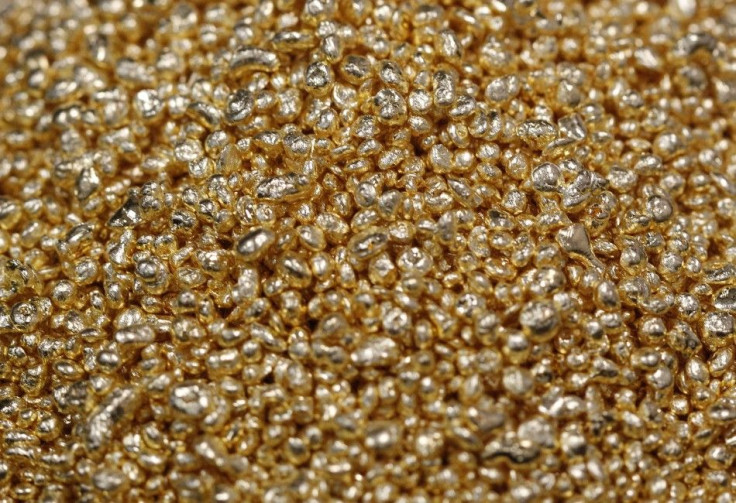European Central Banks Become Net Buyers of Gold

For the first time since 1985, European central banks have become net buyers of gold, according to data from the World Gold Council.
According to the European Central Bank and the International Monetary Funday, European central banks added about 25,000 ounces or 800,000 metric tons of gold to their reserves in the year to date -- a big contrast to the average yearly sales of almost 400 metric tons since 1999.
The motivation for European central banks to diversify out of gold into dollar-denominated assets has been negatively impacted by US fiscal and monetary policy, Natalie Dempster, head of government affairs at the World Gold Council told the Financial Times.
In Europe, most of the buying came from Estonia, while outside the continent Mexico, Russia, South Korea and Thailand were all big buyers this year in a bid to cut their exposure to the U.S. dollar.
Globally, central banks are set to buy more gold this year than at any time since the collapse of the Bretton Woods system 40 years ago -- the last time the value of the dollar was linked to gold, the Financial Times said Monday.
We're going back to a time when gold is seen very much as money, Jonathan Spall, director of precious metals at Barclays Capital, told the Financial Times. It has been a complete reversal of the attitudes we saw during the 1990s.
© Copyright IBTimes 2024. All rights reserved.












